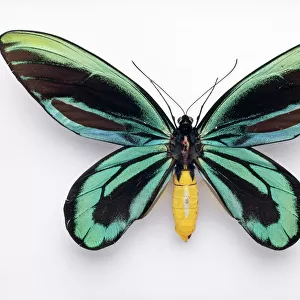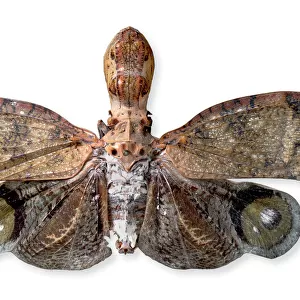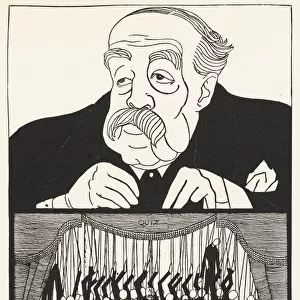Home > Animals > Insects > Butterflies > Related Images
Curtis British Entomology Plate 154
![]()

Wall Art and Photo Gifts from Mary Evans Picture Library
Curtis British Entomology Plate 154
Hemiptera: Dictynota crassicornis = Dictyonota tricornis (Hairy-horned Tingis) [Plant: Samolus valerandi (Brook-weed)] Date: 1824-39
Mary Evans Picture Library makes available wonderful images created for people to enjoy over the centuries
Media ID 23038690
© The Robin Symington Collection/Mary Evans Picture Library
1820s 1830s Butterflies Butterfly Curtis Entomology Hemiptera Ledipotera
FEATURES IN THESE COLLECTIONS
> Animals
> Insects
> Butterflies
> Related Images
> Animals
> Insects
> Hemiptera
> Related Images
> Mary Evans Prints Online
> New Images August 2021
EDITORS COMMENTS
This image is taken from Curtis's British Entomology, Plate 154, featuring the intricately detailed illustration of the Hairy-horned Tingis, specifically identified as Dictyonota crassicornis or Dictyonota tricornis. The Hemiptera, or true bugs, species is depicted in its natural habitat, perched atop the delicate leaves of Samolus valerandi, commonly known as brook weed. John Curtis, FLS, an esteemed British naturalist, produced this exquisite plate between the years 1824 and 1839. The plate is part of a larger collection, showcasing the diverse range of insects found in Britain during the 19th century. The meticulous attention to detail in the illustration is evident, with the intricate veining on the insect's wings and the minute hairs on its body being rendered with remarkable accuracy. The Hairy-horned Tingis, also known as the Hairy-horned Shieldbug, is a fascinating creature. With its distinctive triangular protrusions on its thorax, this insect is well-equipped to defend itself against predators. The plant, Samolus valerandi, plays an essential role in the insect's life cycle, providing a habitat and food source for its nymphs. This image is a testament to the beauty and intricacy of the natural world, captured in the 1800s by one of the most skilled naturalists of the time. The delicate interplay between the Hairy-horned Tingis and the Samolus valerandi highlights the interconnectedness of various species in their natural habitats. This plate remains an invaluable resource for entomologists, naturalists, and anyone with an appreciation for the natural world.
MADE IN THE UK
Safe Shipping with 30 Day Money Back Guarantee
FREE PERSONALISATION*
We are proud to offer a range of customisation features including Personalised Captions, Color Filters and Picture Zoom Tools
SECURE PAYMENTS
We happily accept a wide range of payment options so you can pay for the things you need in the way that is most convenient for you
* Options may vary by product and licensing agreement. Zoomed Pictures can be adjusted in the Basket.




